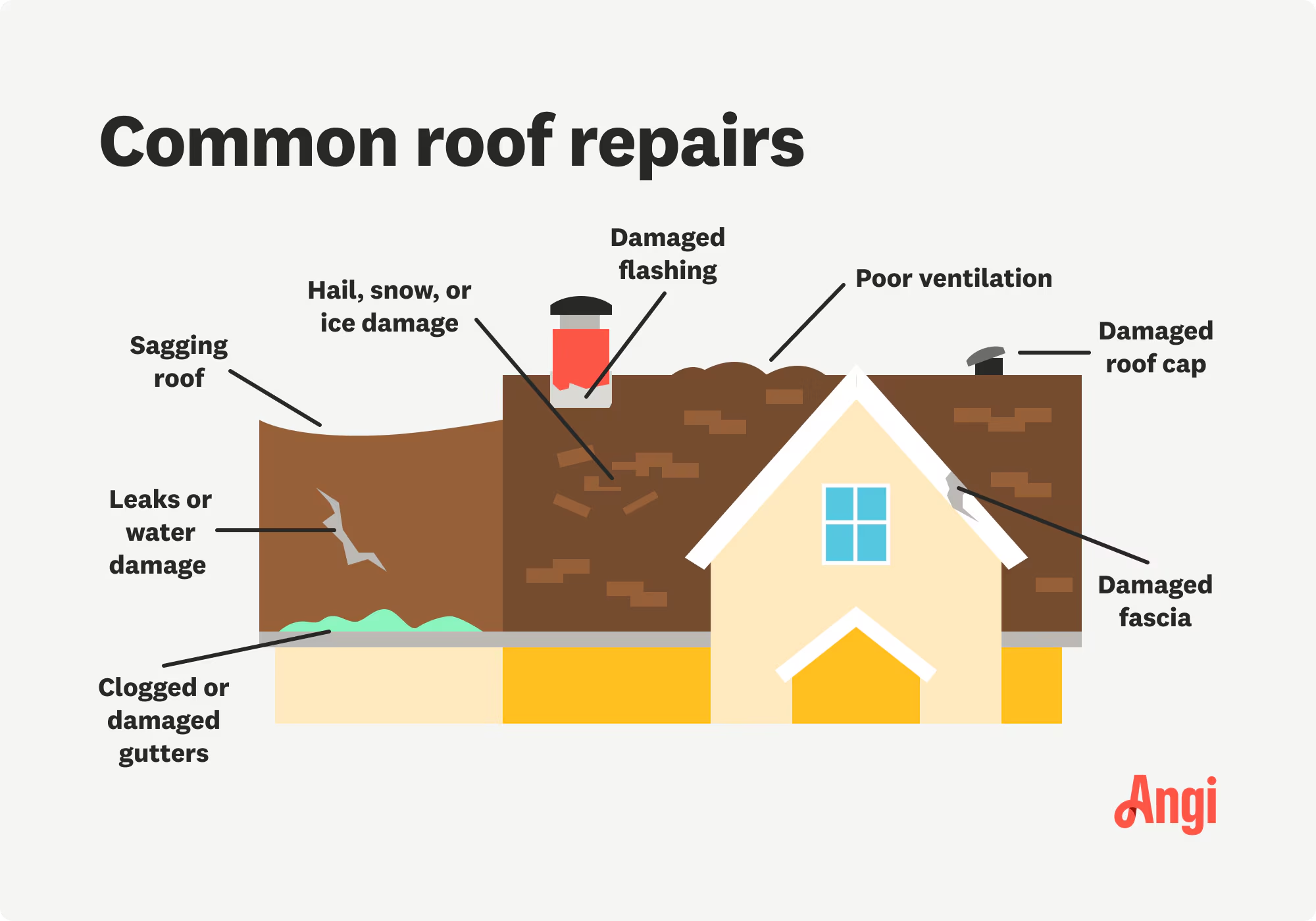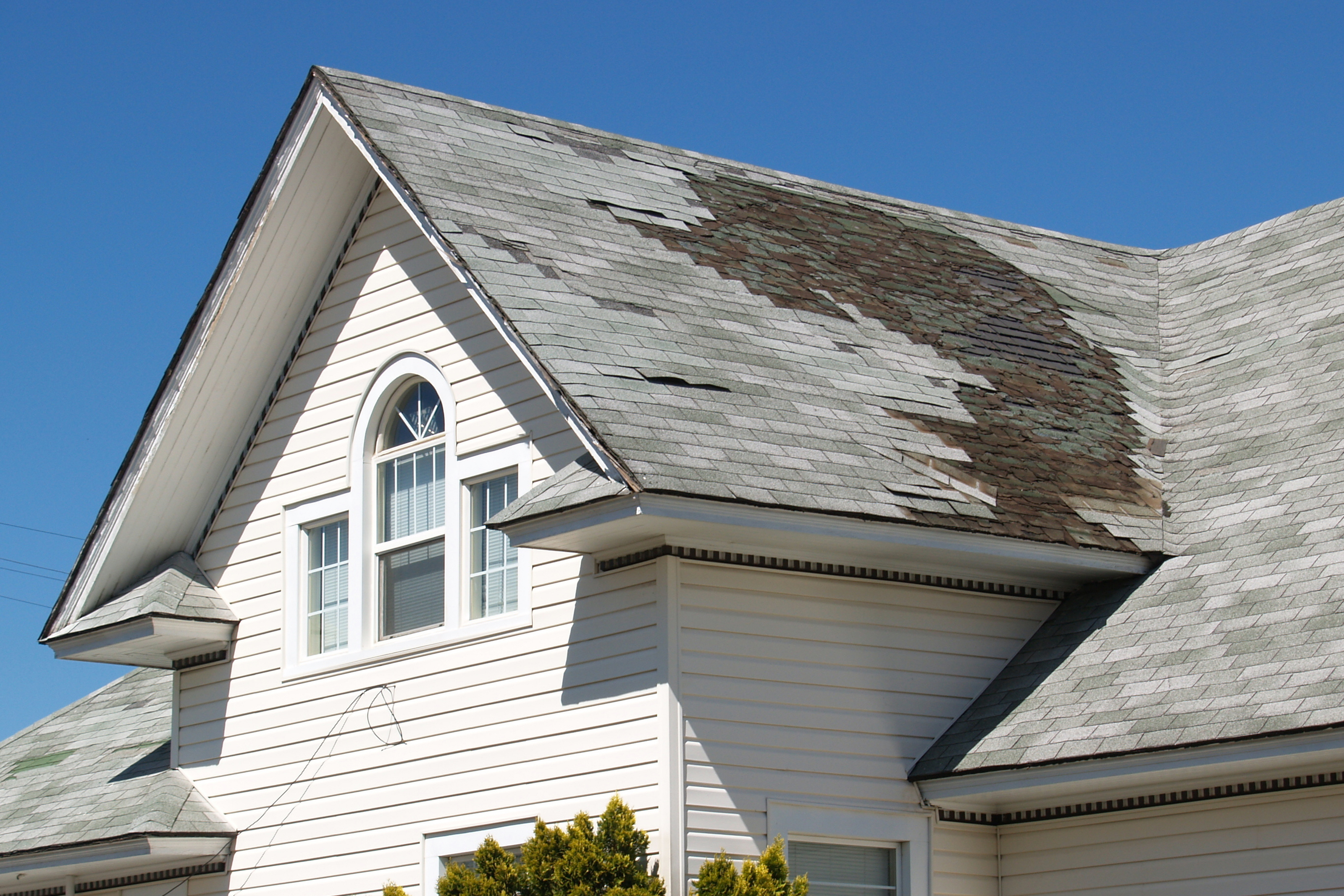Understanding the Different Kinds Of Roofs: A Comprehensive Guide for Homeowners
With an array of choices-- ranging from the standard gable to the contemporary level-- each type offers special benefits and obstacles that must line up with the home owner's ecological factors to consider and particular needs. As we check out the ins and outs of different roof kinds, it becomes apparent that one dimension does not fit all; the ideal option may stun you.
Saddleback Roof
Gable roofing systems, characterized by their triangular form, are amongst one of the most popular roof covering styles due to their simplicity and efficiency in losing water and snow. This layout includes 2 sloping sides that fulfill at a ridge, enabling effective water drainage and reducing the danger of water build-up. The high pitch frequently connected with saddleback roofs improves their capability to deal with heavy rainfall, making them ideal for numerous environments.
Along with their sensible benefits, saddleback roofs provide aesthetic adaptability. They can be adjusted to different building styles, from typical to modern homes. The design can additionally suit extra functions such as dormer home windows, which boost all-natural light and ventilation in the attic room.
Additionally, gable roofs supply adequate area for insulation, adding to power performance. Property owners can pick from a range of roof products, consisting of asphalt tiles, steel, and tiles, further improving modification choices.
In spite of their advantages, saddleback roofs may require additional assistance in locations vulnerable to high winds or heavy snowfall. Generally, the saddleback roof remains a popular selection due to its mix of capability, sturdiness, and visual allure.
Flat Roofs
Flat roofings are typically acknowledged for their minimal design and practical applications, especially in industrial and business settings (oahu roofing). These roofing systems feature a straight or virtually straight surface, which permits for very easy building and construction and flexible room application. While they may do not have the visual charm of angled roofs, flat roofing systems supply many benefits, particularly in metropolitan atmospheres where making the most of room is important
One of the key benefits of flat roofings is their access. Home owners can make use of the roofing system area for various objectives, such as rooftop yards, balconies, or solar panel setups. In addition, level roof coverings are typically more economical to preserve and install compared to their sloped equivalents, as they need less materials and labor.
Nevertheless, flat roofing systems do existing particular challenges. Correct drainage is vital to protect against water merging, which can bring about leaks and architectural damages. Therefore, picking top notch waterproofing products and routine examinations are important for making sure durability. Common materials used for flat roofing systems include built-up roof (BUR), changed bitumen, and single-ply membrane layers, each offering unique benefits. Overall, flat roofing systems function as a functional and adaptable selection for many homeowners and organizations alike.
Hip Roofings
Hip roof coverings are characterized by their sloped sides that converge on top, creating a ridge. This design is unique from saddleback roofs, as all four sides of a hip roof incline downwards towards the wall surfaces, providing a much more steady structure. The angle of the inclines can vary, permitting convenience in architectural appearances and performance.
One of the main advantages of hip roof coverings is their capacity to endure heavy winds and unfavorable climate condition. The sloped surfaces make it possible for better water drain, reducing the threat of leakages and water damage. In addition, hip roofs supply boosted attic room room, which can be used for storage or perhaps transformed into comfortable areas.
However, building a hip roof can be more costly and complex than easier roofing types, such as saddleback roofs. The additional product and labor associated with developing the slopes and guaranteeing correct structural stability can cause greater expenditures. In spite of these disadvantages, numerous homeowners prefer hip roofs for their durability, visual charm, and possibility for power efficiency.
Mansard Roof Coverings
Mansard roofing systems, often identified by their distinct four-sided style, feature 2 inclines on each side, with the lower incline being steeper than the top. This building design, originating from France in the 17th century, is not only visually enticing however useful, as it makes best use of the functional space in the upper floorings of a building. The steep reduced slope permits more headroom, making it a perfect choice for attic rooms or loft spaces, which can be exchanged living rooms.
Mansard roofings are identified by their flexibility, fitting various architectural designs, from traditional to modern. They can be built with various materials, consisting of asphalt tiles, slate, or steel, supplying house owners with a variety of alternatives to suit their choices and budget plans. Additionally, the design enables the combination of dormer home windows, improving natural light and ventilation in the upper levels.
Nevertheless, it is necessary to think about the potential drawbacks. Mansard roofing systems may require even more upkeep due to the complexity of their design, and their steep inclines can be testing for snow and rain drainage. In general, mansard roofs combine style see this website with functionality, making them a prominent option among home owners looking for distinctive architectural features.
Shed Roofs
As homeowners increasingly look for simpleness and capability in their architectural styles, dropped roofings have become a preferred option. Identified by a single sloping aircraft, a shed roofing offers a minimalist aesthetic that enhances numerous home designs, from contemporary to rustic.
Among the key benefits of a shed roof is its straightforward construction, which usually translates to reduce labor and product expenses. This layout enables reliable water drain, decreasing the risk of leakages and water damage. Additionally, the upright incline gives adequate space for skylights, enhancing all-natural light within the interior.
Lost roofs also provide flexibility in terms of usage. They can be efficiently integrated into additions, garages, or exterior structures like pavilions and sheds. Additionally, this roof covering style can accommodate various roof materials, including metal, asphalt roof shingles, and even environment-friendly roofs, aligning with environmentally friendly campaigns.
Nevertheless, it is vital to think about regional environment problems, as hefty snow loads may demand changes to the roof's angle or framework. Overall, shed roofing systems present a sensible and visually pleasing option for house owners looking to optimize functionality without endangering style.
Conclusion


Gable roofs, characterized by their triangular shape, are among the most preferred roof designs due to their simplicity and effectiveness in dropping water and snow. oahu roofing. The steep pitch commonly linked with gable roofs enhances their capability to manage hefty precipitation, making them ideal for numerous climates
While they may do not have the aesthetic allure of pitched roofing systems, level roofs supply countless benefits, especially in urban environments where making best use of room is crucial.

Comments on “Roof Repair Oahu: Quick and Affordable Roof Deals With Near You”